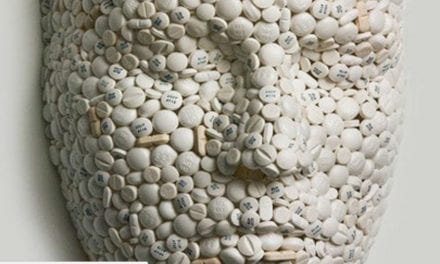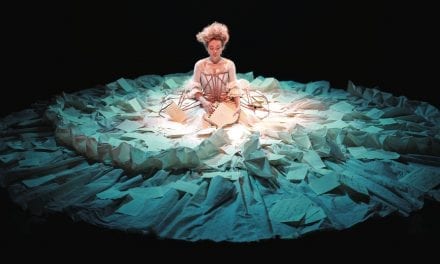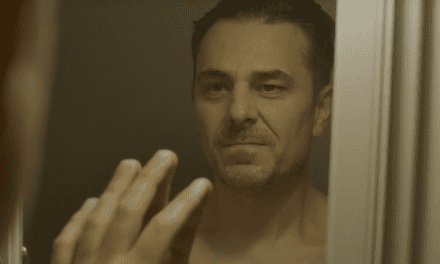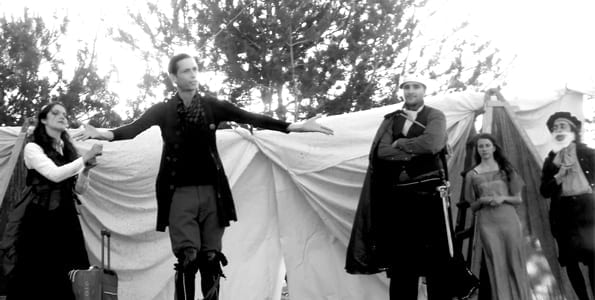WEST JORDAN — There’s something dramatic about a courtroom. From high profile celebrity cases to small claims (Judge Judy, anyone?), we are fascinated with the inner workings of the justice system. Drama is about conflict, and conflicts are purposefully brought to a head in court.
Reginald Rose‘s excellent play Twelve Angry Men doesn’t take place in a courtroom, but in a space very close to it: the play is set in a plain conference room wherein a jury of twelve American citizens, having just heard both sides of a story, are expected to decide in favor of either the defense or the prosecution. If this kid didn’t kill him, then who did? What does the evidence tell us? Is there any room for reasonable doubt? I don’t think anyone can really understand the weight and importance that comes with serving on a jury until actually put in that position, though I do think this play can help us better appreciate it.
There were several impressive facets to this production of Twelve Angry Men, co-produced by West Jordan Theatre Arts and the Sugar Factory Playhouse. First, this is an excellent piece of writing, an American theatre classic full of honest and organic tension. Rose puts twelve opinionated men from different social backgrounds and pay brackets in a hot room, lights a fuse, and waits for the bomb to go off. The whole play is one scene that takes place in real time, without any blackouts or scene shifts, and without an intermission, all of which adds to the overall feeling of reality. The play was originally written as one of the very first made-for-television dramas, airing in 1954: an early stab at reality TV, if you will. The play does feel real, dealing readily with issues of class, prejudice, and racism. All twelve men are complex, interesting characters even if some speak up more than others.
To add even more to the sense of reality, this particular production is being staged in the Freedom Shrine in West Jordan’s City Hall. The simple furniture is period (1950s), and the audience sits behind a wooden railing, reminiscent of the gallery in a courtroom. Placed in the front row, I felt very much like I was observing these events unfold in what could easily be a jury deliberation room. The ambiance definitely enhanced the performance. I appreciated that director J.C. Carter was not afraid to let characters turn their backs to the audience in a proscenium setting; there was very much a fourth wall in place, and none of the actors ever did so much as push up against it. Carter’s blocking was effective, feeling natural and unstaged.
I was also very impressed to see a full cast of, well, twelve men. This is not an easy show to cast for amateur groups, but there are some strong performances here. Particular standouts include Anthony L. Lovato as Juror #8, the one man who is brave enough to act on a feeling of reasonable doubt in a case everyone else sees as open and shut. Lovato’s performance is one of compassion and thoughtfulness; Juror #8 wants to do right, and I was cheering for him making hard choices all evening. Two other passionate performances came from Criss Rosenlof (Juror #3) and Allan Groves (Juror #10) who both argue for a guilty verdict from the start. While both are antagonists in this story, Rosenlof and Groves impressed me with their humanity; I understood them and their choices, even if I didn’t share or condone their opinions. These are real, complicated men — not two-dimensional villains. They don’t simply roll over and let the good guy have his way; they fight and argue as jurors should when a life is at stake.
The show is not perfect; there are moments when the dialogue felt stilted, and still others when projection was an issue (as I mentioned before, I was sitting in the front row). And I’ll admit that the stage manager in me freaked a little when I realized two very sharp knives were on stage. However, this is a solid production of an important American classic. The unique setting allowed for this to be one of the more original theatre experiences I’ve had in a while, and I enjoyed it.






